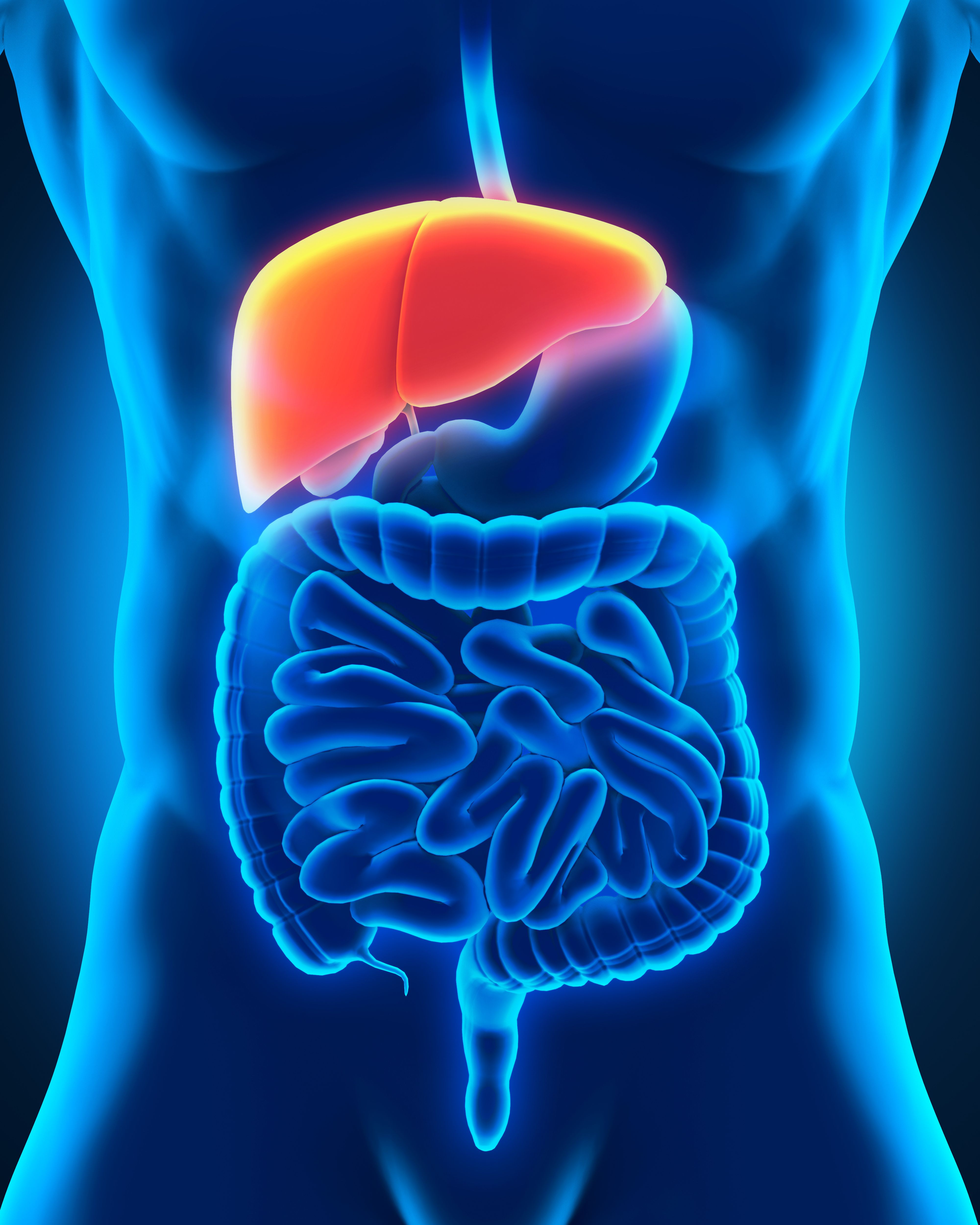Hypofractionated RT Shows Portal Vein Tumor Thrombosis Control, OS in HCC
Ten-fraction image-guided hypofractionated radiation therapy could be a feasible treatment option for portal vein tumor thrombosis in patients with HCC.
Among patients with PVTT evaluable for efficacy, the 1-year OS rate was 62.2% and the median OS was 20.3 months.

Hypofractionated radiation therapy demonstrated local portal vein tumor thrombosis (PVTT) control and promising overall survival (OS) outcomes in patients with hepatocellular carcinoma (HCC), according to findings from a retrospective, multicenter study published in BMC Cancer.
Results from the study revealed that among 69 patients who received 10 fractions of image-guided radiation therapy (IGRT) at 40 to 50 Gy, 13.0% of patients had attained a PVTT complete response (CR) and 36.2% of patients had attained a PVTT partial response (PR) for a response rate of 49.2%. Additionally, the 6-, 9-, and 12-month response rates were 60.0%, 63.9%, and 68.9%, respectively, although the number of patients available for assessment dwindled with time. At 6 months (n = 50), the CR and PR rates were 46.0% and 14.0%; at 9 months (n = 36), they were 58.3% and 5.6%; and at 12 months (n = 29), they were 58.6% and 10.3%.
Additionally, at a median follow-up of 10.2 months, (IQR, 6-21), 29 patients were alive at data analysis, with 40 having died due to disease progression. Disease progression occurred in 60 (87.0%) patients, with 9 (13.0%) patients experiencing in-field progression, 52 (75.4%) patients experiencing out-field progression, and 30 (43.5%) patients experiencing distant metastases. Additionally, the median times to in-field, intrahepatic in-field and/or out-field progression, and distant metastasis, respectively, were 9.8 months (range: 1.6-65.7), 4.7 months (95% CI, 3.2-7.6), and 30.6 months (95% CI, 12.8-47.9). The 1-year rates for freedom from local progression (FFLP), progression-free survival (PFS), and distant metastasis-free survival (DMFS) were 88.7%, 26.9%, and 64.7%.
Furthermore, the 1-year OS rate was 62.2% and the median OS was 20.3 months (IQR, 8.0-35.2). Multivariate analysis showed that patients had worse outcomes, with a baseline α-fetoprotein (AFP) level of 600 IU/mL or more (HR, 2.06; 95% CI, 1.06-4.01; P = .03), Child-Pugh class B or C (HR, 2.30; 95% CI, 1.12-4.75; P = .02), and Modifed Union for International Cancer Control stage IVA/B (HR, 4.05; 95% CI, 1.29-12.74; P = .02). Patients with a maximum of 1 significant predictor for OS showed better 1-year OS than patients who had 2 or more (77% vs 43%; P <.01).
“Hypofractionated IGRT using the [simultaneous integrated boost] technique demonstrated promising outcomes in terms of local control and [OS] for patients with PVTT, with acceptable toxicity,” lead author Sang Min Lee, MD, associate professor in the Department of Radiology at Seoul National University College of Medicine, wrote in the publication with coauthors. “A 10-fraction image-guided hypofractionated [RT] regimen achieved treatment results comparable to those of advanced [RT] modalities such as [stereotactic body RT] or [proton beam therapy] while also showing potential as a bridging therapy to systemic therapy. Additionally, our scoring system could help in predicting prognosis and selecting the optimal treatment option for [patients with] PVTT, although further validation is needed.”
The study enrolled patients 20 years or older with primary HCC, radiologically confirmed PVTT, and an ECOG performance status of 2 or less. Only patients with a follow-up of at least 3 months were included in the analysis, and those who received less than 40 Gy of radiation were excluded. Radiation was given using volumetric modulated radiotherapy, with a dose of up to 50 Gy in 10 fractions given over 2 weeks.
The primary end point of the study was OS. Secondary end points included FFLP, PFS, DMFS, PVTT response, as well as acute and late toxicity of organs at risk.
In total, 9 (13.0%) patients experienced an increase of at least 2 points in their Child-Pugh score at 3-month follow-up, with 3 remaining in the same class, 5 having a deterioration from class A to B, and 1 experiencing a deterioration from class B to C. Almost all acute toxicities were less than grade 3, were temporary, were easily managed, and did not result in treatment interruption. Two cases of grade 3 or higher toxicity were observed: grade 3 liver enzyme elevation (n = 1) and acute cholangitis (n = 1).
Reference
Lee SM, Choi JH, Yoon JH, et al. Efficacy and safety of image-guided hypofractionated radiotherapy for hepatocellular carcinoma with portal vein tumor thrombosis: a retrospective, multicenter study. BMC Cancer. 2025;25:736. doi:10.1186/s12885-025-13739-3